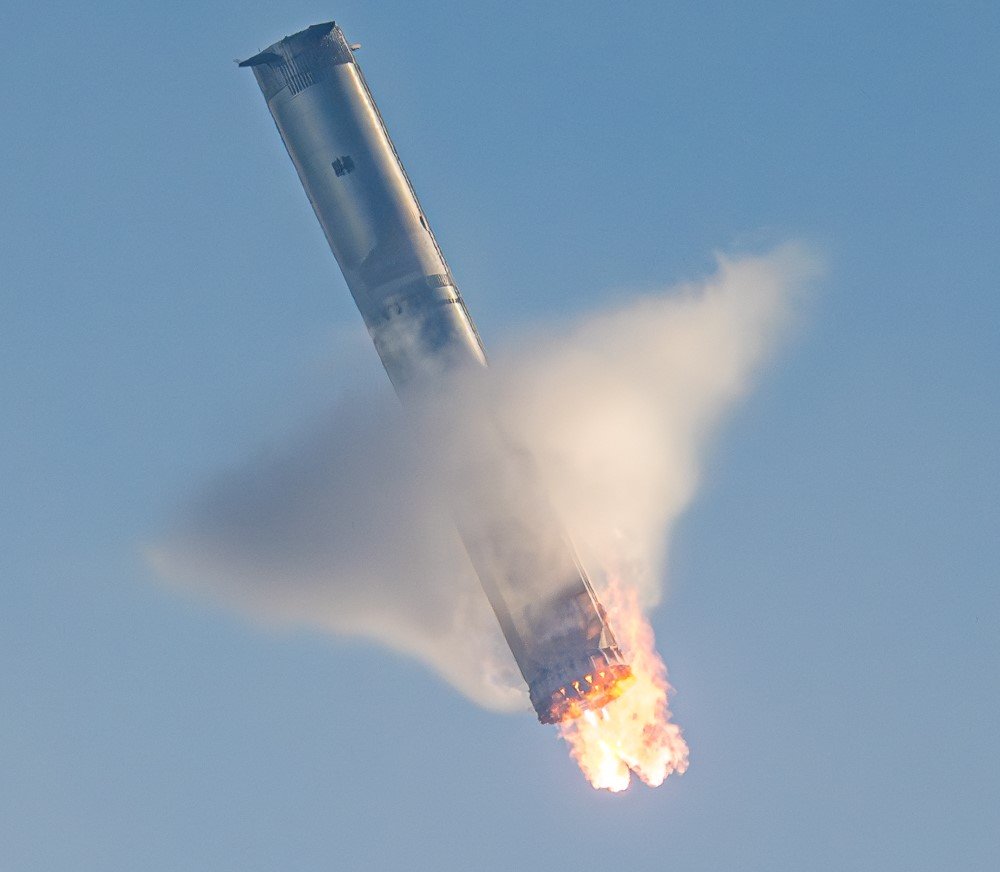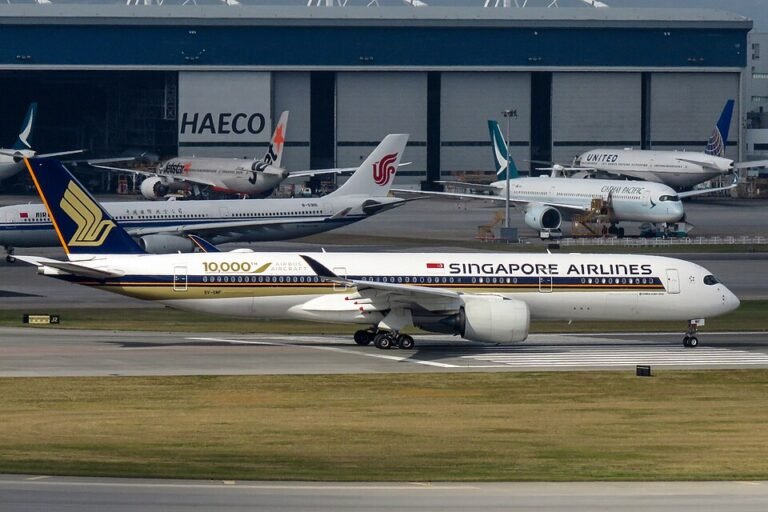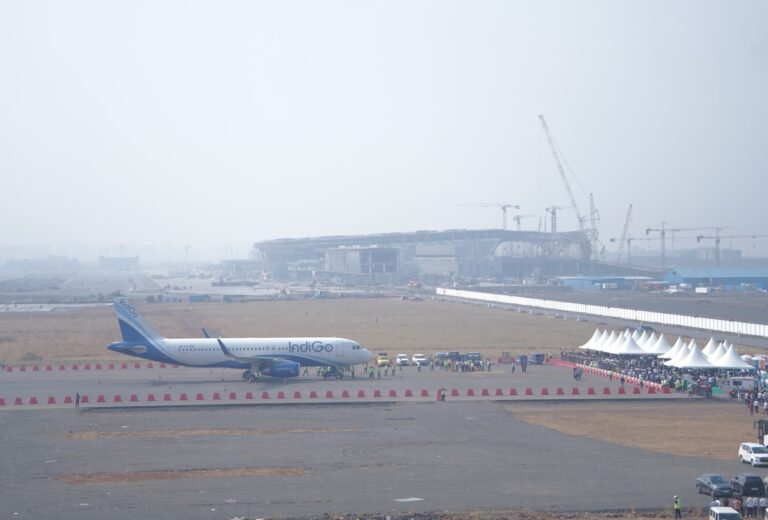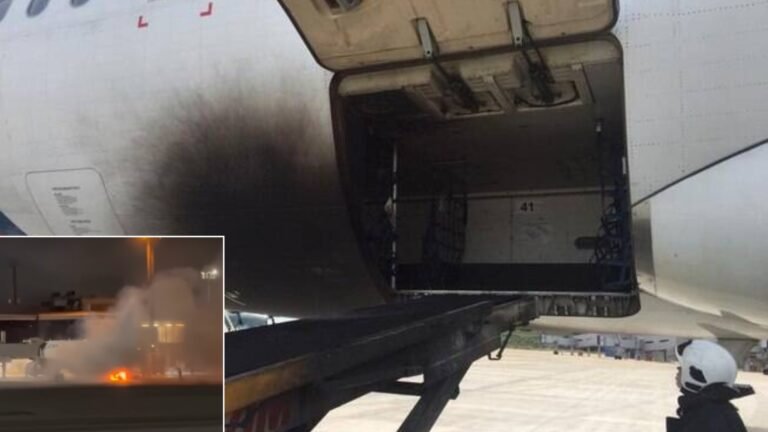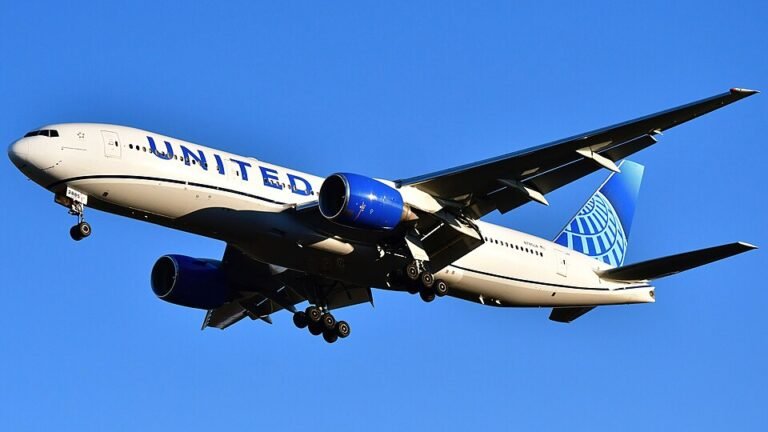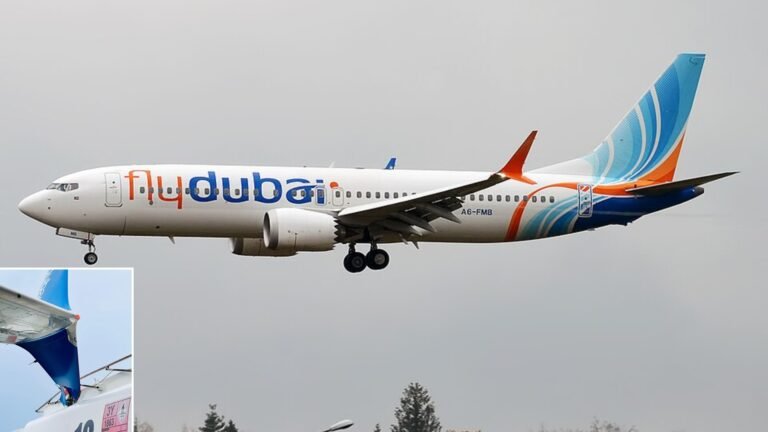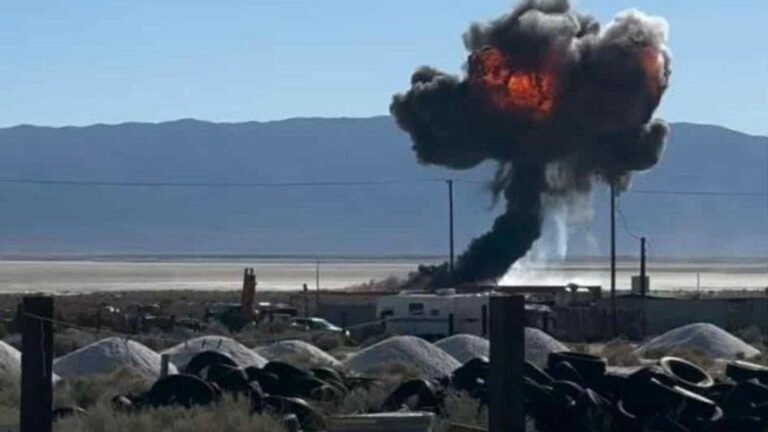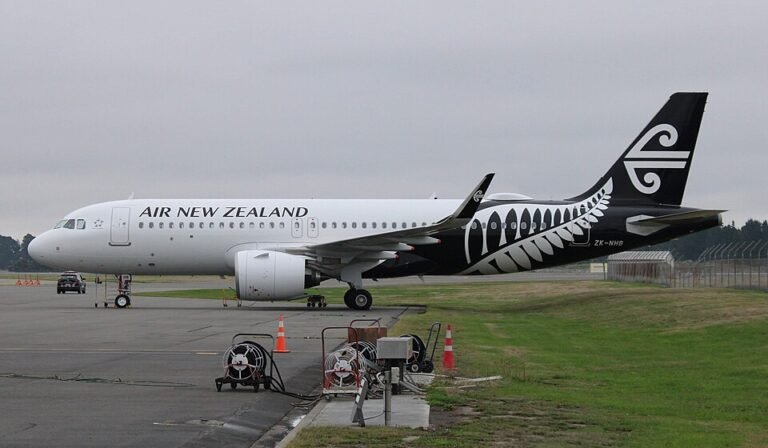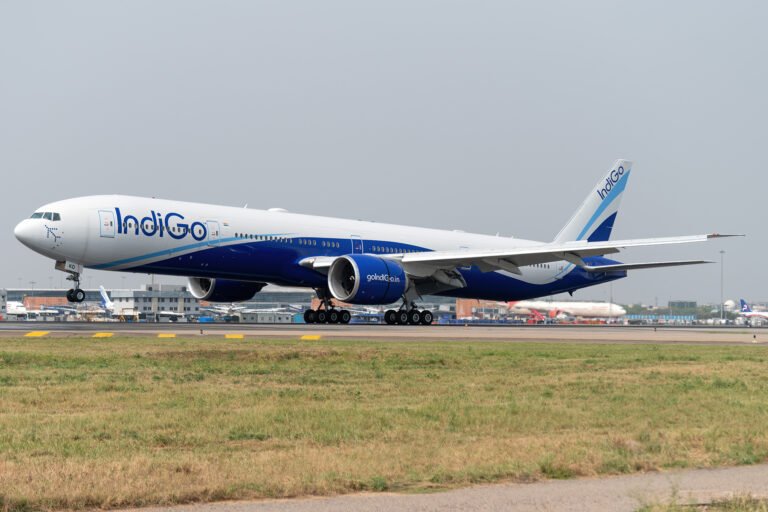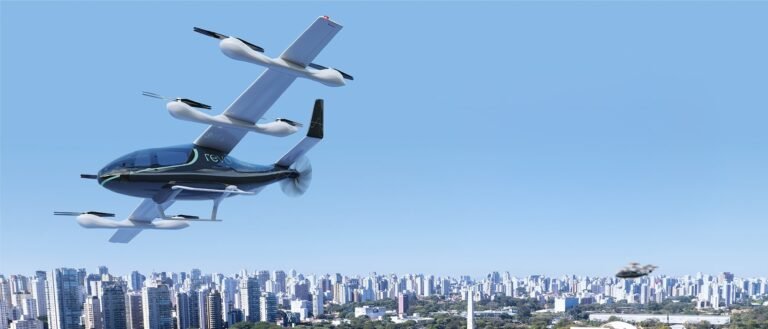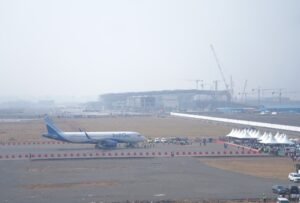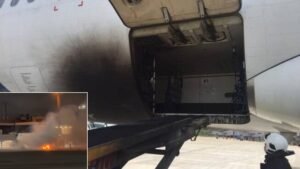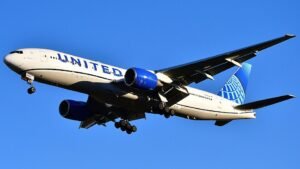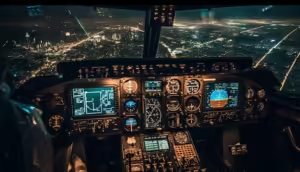Image source: X
Texas: On January 16, SpaceX conducted its seventh test flight of the Starship rocket, which ended in the spacecraft’s destruction during re-entry. The mission launched from Boca Chica, Texas, at 5:38 pm EST, with the Starship carrying ten dummy satellites intended for deployment.
Approximately eight minutes into the flight, after successful stage separation from the Super Heavy booster, SpaceX lost communication with the Starship. Shortly thereafter, the spacecraft disintegrated over the Caribbean, with debris observed near the Turks and Caicos Islands. This incident prompted temporary flight diversions in the area.
Despite the loss of the Starship, the Super Heavy booster executed a successful return, landing back at the launch pad and being caught by SpaceX’s mechanical arms, known as “chopsticks.” This marked the second successful catch of a booster using this method.
SpaceX CEO Elon Musk indicated that a preliminary analysis suggested the explosion resulted from an oxygen or fuel leak in the cavity above the ship’s engine firewall, leading to pressure buildup beyond venting capacity. He mentioned plans to add fire suppression to that area and increase venting to prevent future occurrences. Musk also noted that the delay for the next launch would likely be minimal.
This test flight was part of SpaceX’s ongoing efforts to develop a fully reusable spacecraft capable of carrying humans to Mars. While the loss of the Starship represents a setback, the successful recovery of the booster demonstrates progress toward achieving this goal.
The last Starship test, conducted in November 2023, marked SpaceX’s first partially successful re-entry attempt, with the spacecraft reaching orbit but failing during landing. This test provided critical data on heat shield performance, aiding improvements for subsequent flights.
Follow Aviation Today for more such updates!

